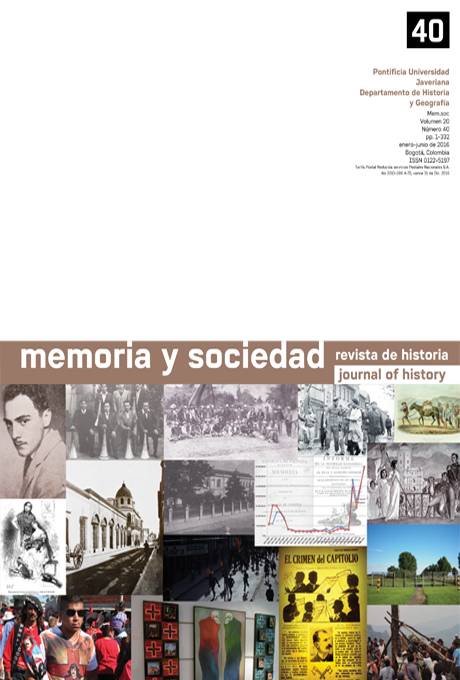Resumen
El artículo tiene por objetivo estudiar el desarrollo
sociohistórico de la Iglesia Metodista
Pentecostal de Chile (imp) y la Iglesia Evangélica
Pentecostal (iep), representativas de la
matriz religiosa del movimiento pentecostal
chileno (1909-1973). Las fuentes consultadas
son primarias y corresponden a las revistas publicadas
por el movimiento a partir de 1909.
Desde lo epistémico, la teoría de la legitimidad
social de Max Weber ayudó a explicar el origen
y desarrollo del pentecostalismo chileno y
cómo este fue un movimiento religioso de legitimidad
carismática que evolucionó y se instituyó
en la sociedad chilena. Hacia 1932, una
vez establecido el movimiento, el carisma pentecostal
entró en una fase de rutinización, lo
que generó su primer cisma. Una facción del
movimiento se independizó para organizar la
iep y dar paso a un sistema de gobierno de tipo
de legitimidad tradicional. No obstante, el núcleo
central imp mantuvo un modelo carismático,
pero ambas facciones, en su interior, se
vieron enfrentadas a constantes tensiones entre
lo carismático y lo tradicional, lo que dio
lugar a nuevos grupos que se organizaron de
manera autónoma.
La revista Memoria y Sociedad se encuentra registrada bajo la licencia Creative Commons Reconocimiento 4.0 Internacional. Por lo tanto, esta obra se puede reproducir, distribuir y comunicar públicamente en formato digital, siempre que se reconozca el nombre de los autores y a la Pontificia Universidad Javeriana. Se permite citar, adaptar, transformar, autoarchivar, republicar y crear a partir del material, para cualquier finalidad (incluso comercial), siempre que se reconozca adecuadamente la autoría, se proporcione un enlace a la obra original y se indique si se han realizado cambios. La Pontificia Universidad Javeriana no retiene los derechos sobre las obras publicadas y los contenidos son responsabilidad exclusiva de los autores, quienes conservan sus derechos morales, intelectuales, de privacidad y publicidad.
El aval sobre la intervención de la obra (revisión, corrección de estilo, traducción, diagramación) y su posterior divulgación se otorga mediante una licencia de uso y no a través de una cesión de derechos, lo que representa que la revista y la Pontificia Universidad Javeriana se eximen de cualquier responsabilidad que se pueda derivar de una mala práctica ética por parte de los autores. En consecuencia de la protección brindada por la licencia de uso, la revista no se encuentra en la obligación de publicar retractaciones o modificar la información ya publicada, a no ser que la errata surja del proceso de gestión editorial. La publicación de contenidos en esta revista no representa regalías para los contribuyentes.


